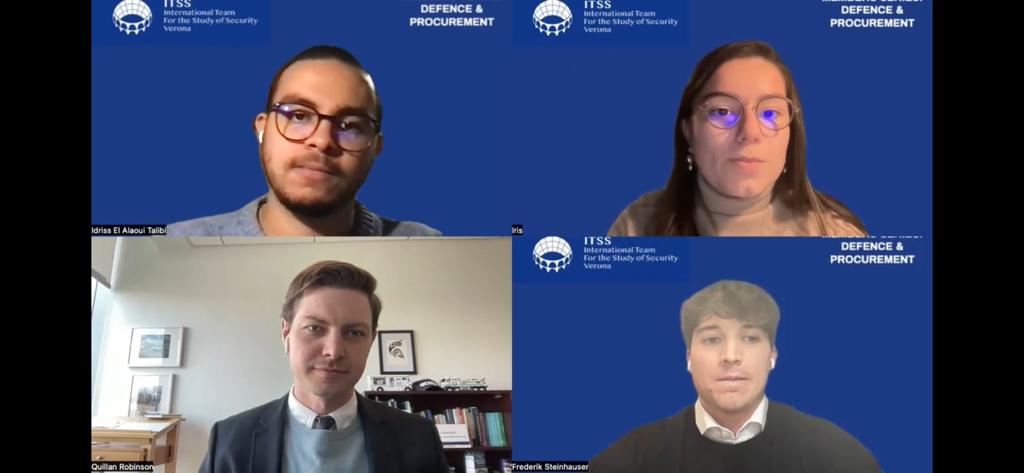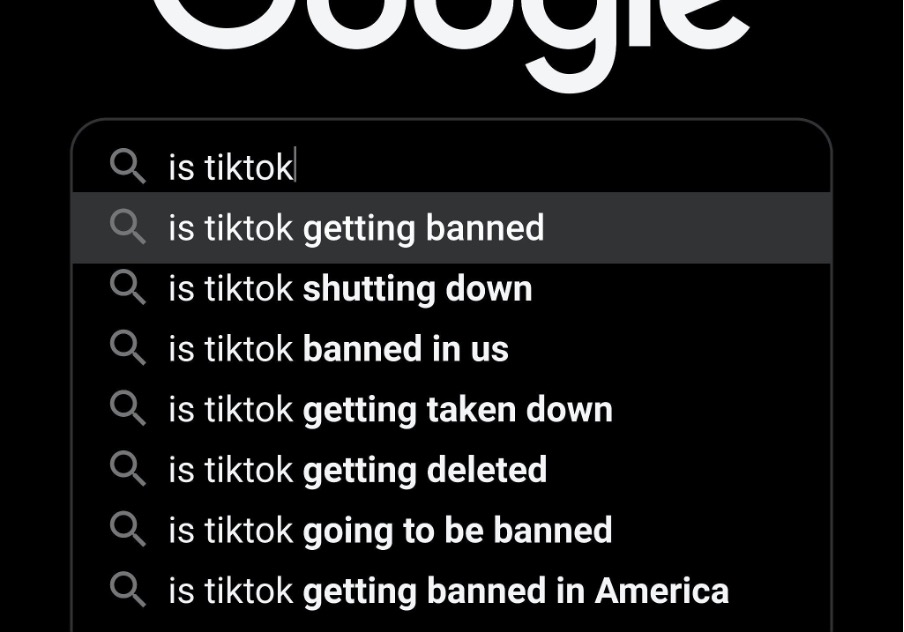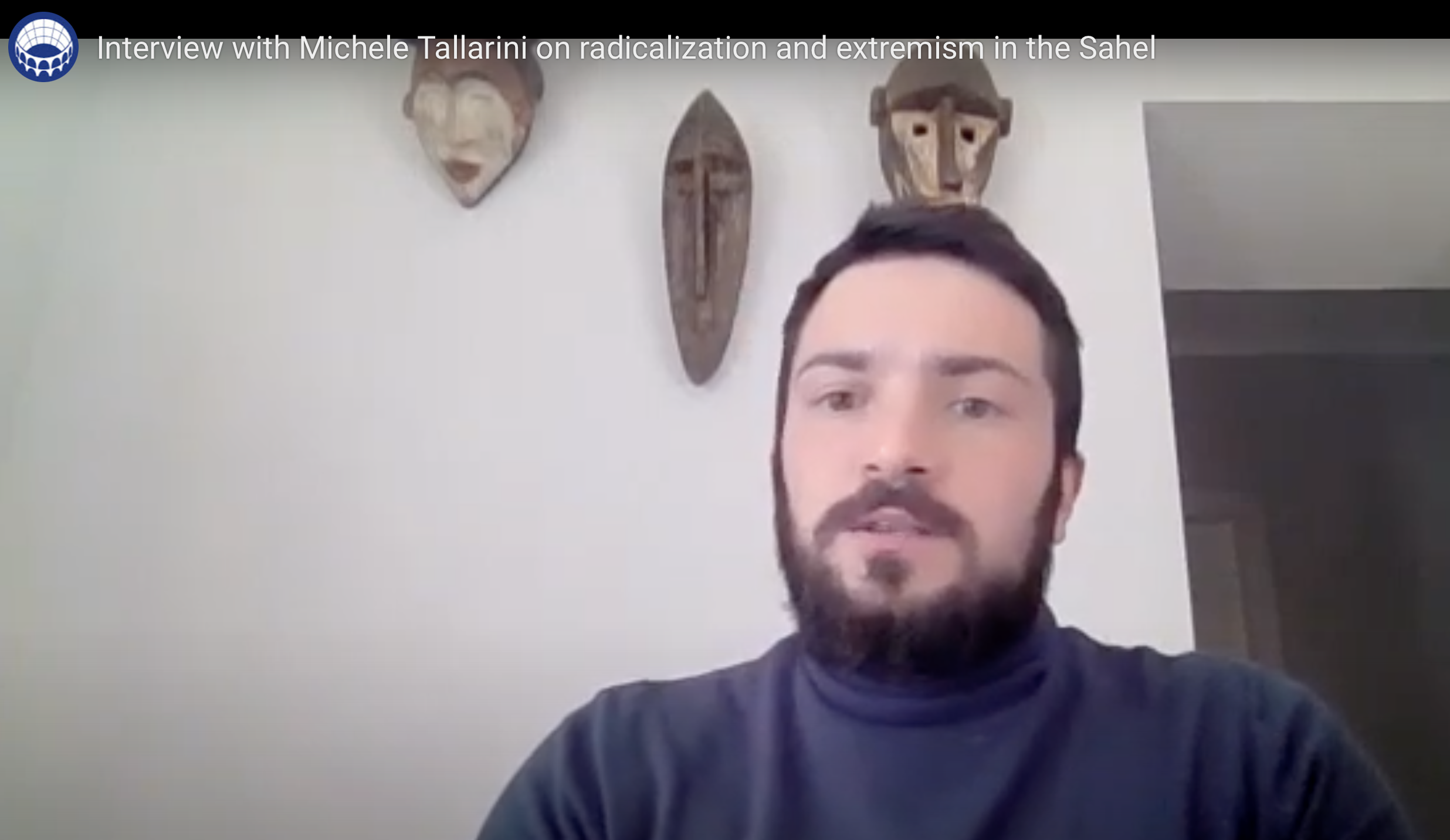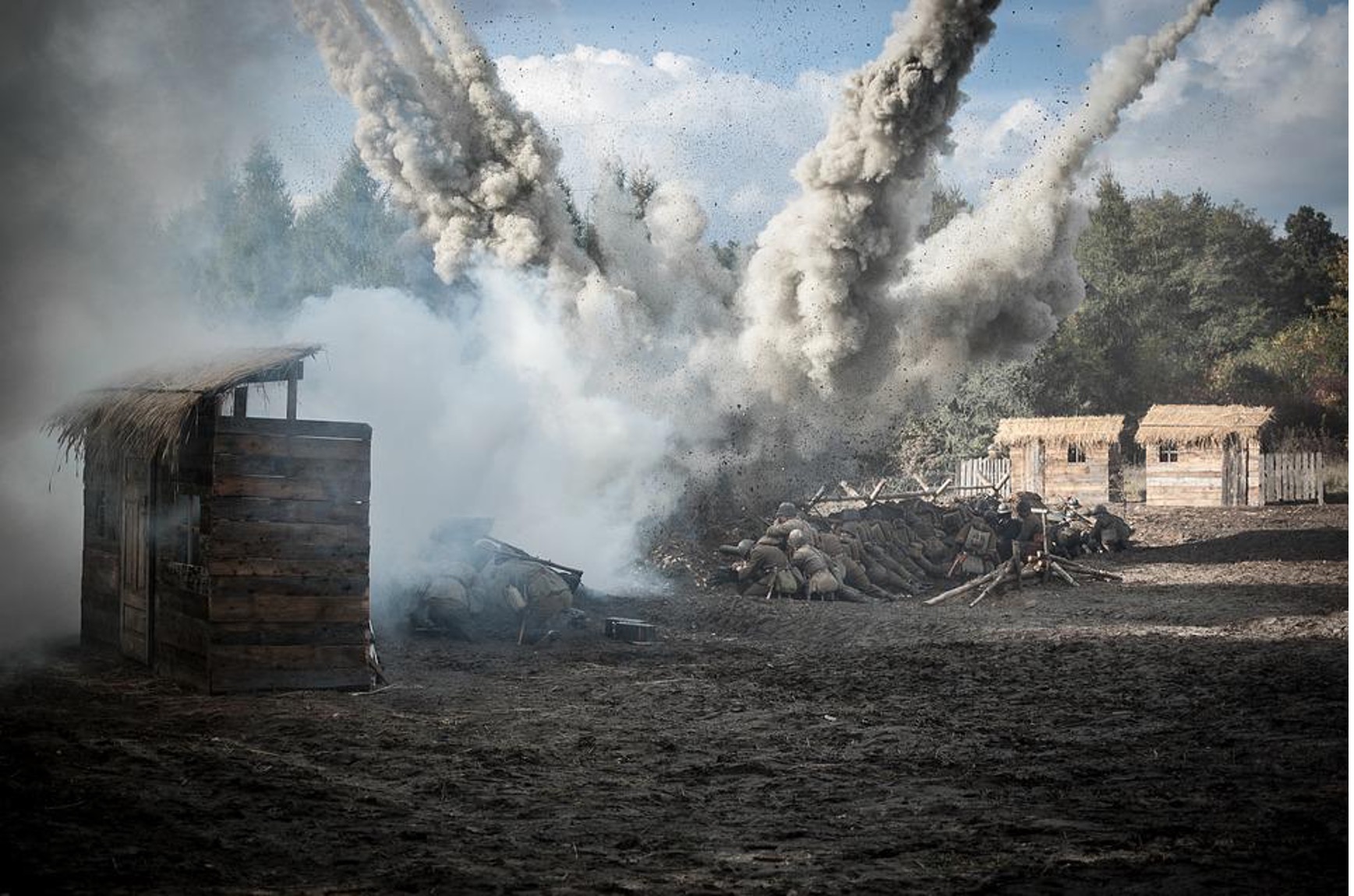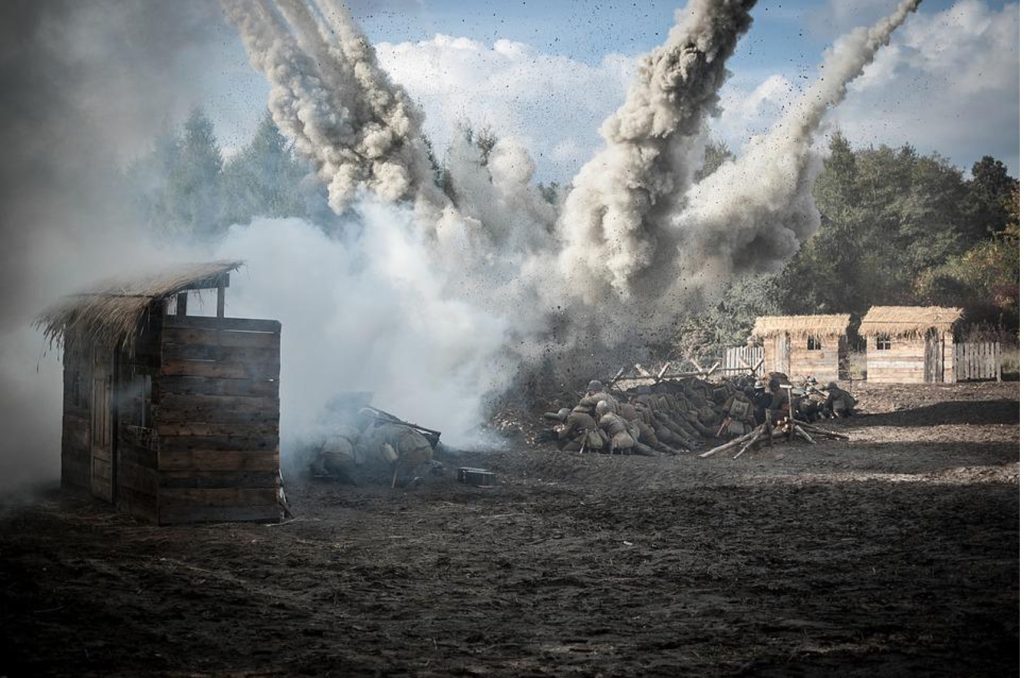by Eline Stensen Gulliksen - UK & European Desk
Introduction
Increased geopolitical tensions caused by a war on the European continent and the re-election of Donald Trump, a NATO sceptic, as president of the United States have brought the question of the EU's military capabilities back to the agenda. America has been a well-recognised backbone of European security through NATO; however, recent discussions concerning the need for a “stronger Europe” with more capabilities have arisen. The Common Security and Defence Policy (CSDP) is the umbrella that covers EU defence matters, and the European Defence Agency (EDA) is a body under the CSDP aiming to improve the defence capabilities of the EU by coordinating efforts with member states. This blog article will examine some structural bottlenecks that the EU needs to face on their way to the strategic autonomy it has longed for.
Challenges and opportunities for further EU defence cooperation.
The EDA's work coordinating efforts between member states has numerous positive effects for member states and the EU. Firstly, this joint procurement will make spending more effective and, hence, more targeted, enabling member states to spend better. This can further lead to more specialised military equipment and innovation. Initiatives the EDA has launched, such as permanent structured cooperation (PESCO) and the new project on hybrid drive trains for military vehicles launched on December 11th 2024, show a positive trend towards cooperation on EDA projects with positive outcomes.
The EDA assists member states' militaries in collaborating effectively, maintaining “open doors” for cooperation among two or more states. This can help prevent the emergence of different systems that create bottlenecks for efficient collaboration in areas such as information sharing and the ability to manage one another's weapon systems when it is necessary to coordinate actions, either through CSDP or NATO missions where EU states are to take the lead. Although efforts and initiatives through the EDA, such as PESCO, have been launched to help EU member states coordinate efforts more effectively to increase the capabilities of the CSDP, some structural bottlenecks need to be addressed. Integrating defence projects and industries can be tricky due to the intergovernmental nature of the CSDP in the EDA. Projects depend on member states’ initiatives and willingness to cooperate on these matters, as defence and military are core interests to sovereign states due to the anarchic nature of the international system. States may be cautious about further integrating within these areas because of security implications.
Building on the above, the diverging national interests of member states based on various aspects such as geography, resources, threat perception and strategic culture create differences among states' willingness to enter EDA projects. Another aspect that needs to be considered is the EU’s reliance on the United States. As long as many EU states see the US as a security guarantor, it does not incentivise member states to increase the military capabilities of the EU. However, with Donald Trump's recent election as President of the United States, the EU should re-evaluate this idea and strive for more autonomy, especially after the Munich security conference where tensions with the US developed further, and now, as discussions arise about negotiating a peace deal between Russia and Ukraine, and the EU does not have a seat at the table.
The EDA has numerous opportunities if member states align and integrate properly and effectively through joint projects. The EU has a strong political will, and increasing its capabilities through the EDA will make it a more credible actor in the international system and make it more autonomous in its neighbourhood, which is precisely what the EU needs in these critical times. With a more “capable” CSDP through EDA projects, the EU could finally get the strategic autonomy it has longed for and cut reliance on the US as a security guarantor while balancing them, which would reverse the security implications of the US threatening to leave NATO. Improving the EU´s crisis response could be a massive opportunity for the EU, further building on the credibility of the EU in the international system. Looking at when EU states, France and the UK (the UK left the EU in 2020) were to take the lead in the 2011 NATO-led operation in Libya, it clearly showed the weaknesses of the EU to act autonomously in its neighbourhood due to a divergence in systems and a lack of capabilities. If EU member states coordinate efforts through EDA initiatives, this could provide great opportunities for the EU’s actorness.

Potential threats that successful EDA cooperations could face include friction with NATO. Further defence integration between EU states and increasing the capabilities of the EU could be seen as undermining NATO, which could further affect the EU’s relationship with the US. Therefore, the EU needs to have close dialogues with the US as they are improving its capabilities. Divergence in member states' economies in the EU could lead to budgetary constraints and inequitable burden-sharing between member states. This could create fragmentation between EU member states since the EDA projects are “volunteer” and create inefficiency and potential new problems for the EU to face internally.
Conclusion
Concluding this blog article, a recommendation is for the EU to cooperate closely with NATO, especially the US, through the processes of EDA projects. Keeping NATO and the US in the loop could prevent friction with crucial powers and security guarantors on Europe´s way to gaining more autonomy. As mentioned earlier in this article, a structural bottleneck for successful projects is the intergovernmental nature of the CSDP and the EDA. A recommendation is, therefore, to make more projects mandatory for all EU member states and have a set percentage of GDP that each country should contribute to prevent friction over burden-sharing internally.


